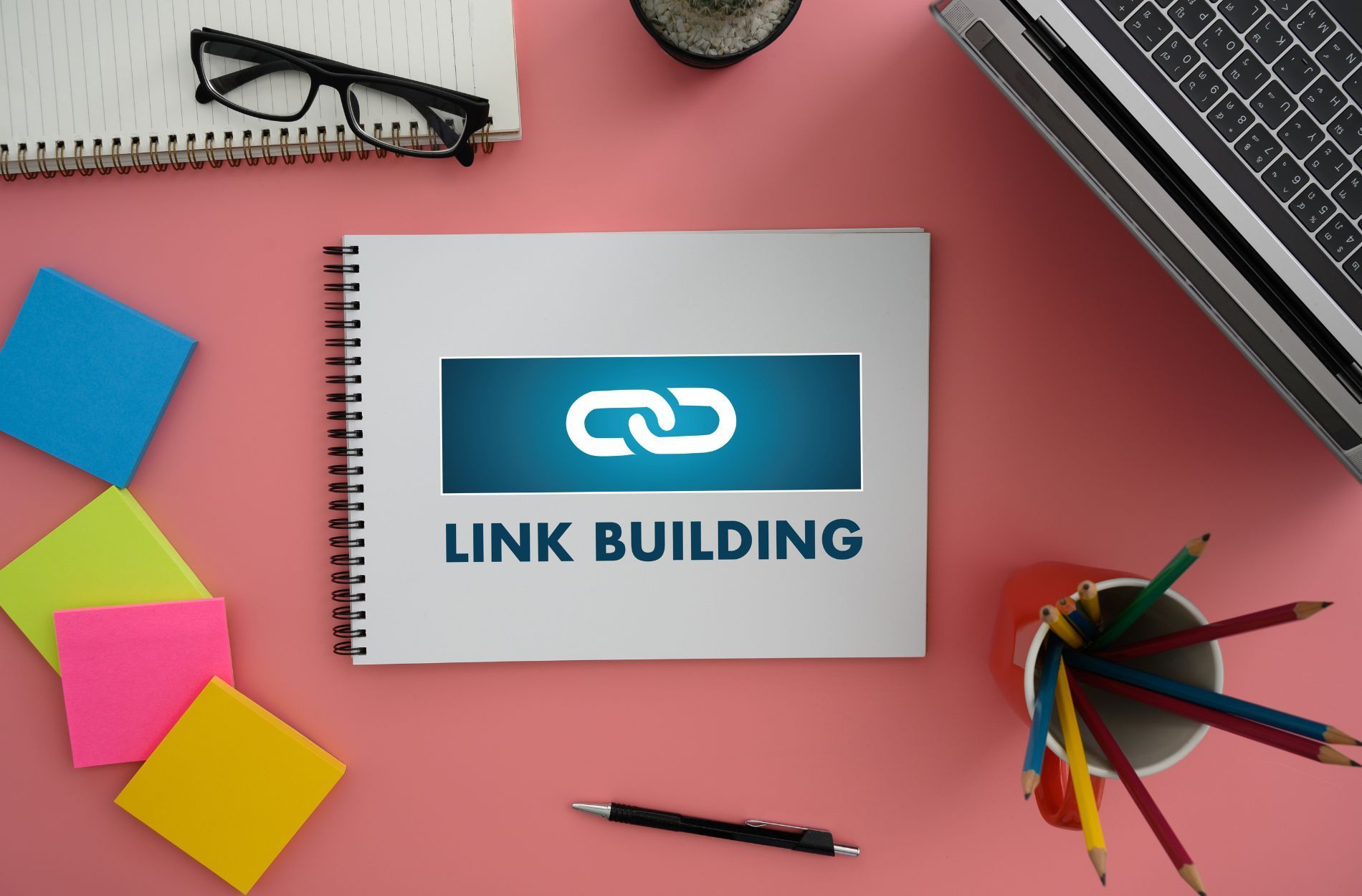Driving Customers to Your Website Using URL Structure SEO
Strategically placing targeted keywords and phrases throughout your webpage allows it to gain traction online and improves your target market's user experience. That said, the same principle also applies to your website's URL structure SEO.
If you want to learn more about this concept and its proper execution, look no further than our pointers below.
Why Should You Invest Your Time Using URL Structure SEO?
Including specific keywords and phrases in your website's text helps both search engines and users find your site more easily. For websites that use a different URL structure for each page (e.g. http://www.website.com/product.php?id=111 ), this can be extremely time-consuming, depending on the size and number of your pages.
URL structure SEO, on the other hand, is a simpler and more efficient alternative that allows you to include targeted keywords in the URL of your site.
What Are Some Important Things to Consider When Using URL Structure SEO?
1. Impose a Standard Structure
For your site to achieve the best results possible, you should use a standard, consistent structure for all your URLs. This way, you can optimise your entire site at once without constantly tweaking your site's URL structure.
Your best bet is to use a structure that is easy to remember, such as a simple numbering system. Also, note that you should use hyphens (-) for words on the same page instead of underscores (_).
2. Stick to a 2- to 3-Letter Prefix
Search engines are smart, but they still follow certain patterns. As such, they tend to place more weight on your URLs' first two or three letters. That said, you should use this to your advantage and include high- or mid-value keywords in those first three letters of your URL.
Because you only have a limited amount of space to work with, make sure you only choose the most important keywords for your site.
3. Ensure That It Is Readable
You may have noticed that some websites' URLs are hard (okay, really hard) to read. That said, you should avoid going overboard with the length of your URLs.
Generally, a URL should be as short as possible without sacrificing its readability. As such, cutting out spaces and keeping your words concise are always encouraged.
4. Start with Your Domain Name
Some argue that it is best to include your domain name in the first part of your website's URL. If it makes sense to do so, then, by all means, go right ahead.
However, you should note that your domain name is not a keyword and should not be used as such. It is simply a part of your website's overall URL structure.
5. Avoid Redirects
In an attempt to fool search engines, some websites make use of redirects, which cause the search engines to believe that two separate URLs are actually one and the same. However, while this makes your URLs look more uniform, it also makes them considerably harder to read.
This isn't really an option if you are working with a different URL for each of your product pages, but if you have a relatively small amount of pages, you may just want to consider sticking to a single URL for the sake of readability.
Conclusion
To put it simply, URL structure SEO can help you rank higher in search engines and drive more traffic to your website. A well-structured URL helps your target market navigate your website easily and identify which products or services they want to buy. Not to mention, it also helps search engines identify your website's contents better and more efficiently.
When used properly, URL structure SEO can help your website attract a substantial amount of potential customers, increase their conversion rates and improve the overall online user experience.
If you are looking for an SEO agency in London , look no further than our expertise here at Market Grab. We have a team of dedicated professionals providing immaculate search engine marketing solutions and digital marketing strategies to transform your company and create innovative design experiences on a local as well as global scale. Call us today and let us help your venture gain more traction online.









